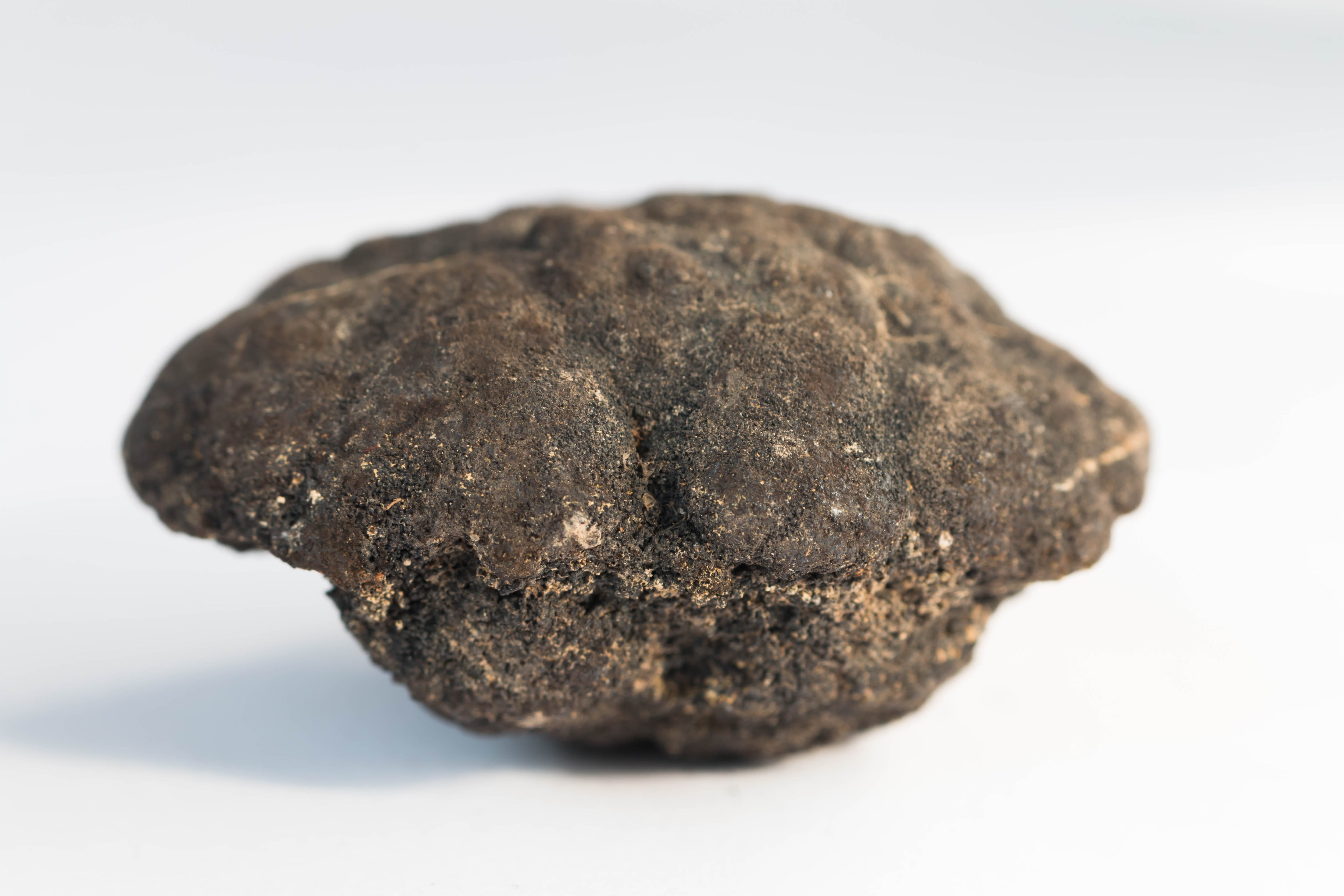As international regulations for deep-sea mineral extraction near completion, Congress is recognizing the strategic role polymetallic nodules can play in bolstering U.S. national security the economy, and American manufacturing.
With the passing of the National Defense Authorization Act by wide majority in both the House and the Senate, the Defense Department is now tasked with outlining this roadmap. What Congress would like to see defined is: who has access to the resources, who can process them into critical materials and how can the U.S. get more involved?

Controlling parties of polymetallic nodules – the Clarion Clipperton Zone being of most economic interest and home to 90% of exploration in international waters – are quite straightforward. For over 30 years the International Seabed Authority has managed the exploration contracts to access and research nodules in the area beyond national jurisdiction. In that time, no single country has acted unilaterally outside of these ISA regulations, including China.
And while technically China holds the most exploration licenses of any country across three marine mineral types, U.S. allies abound in terms of direct access to the nodule resources that are of greatest commercial interest – a wide variety of European and Asian countries hold exploration licenses as well as Pacific Island nations, strategically located near to the resource but also with which U.S. relations have geopolitical impact.
Despite pioneering nodule collection technologies alongside Germany and Japan in the 1970s and 80s, the U.S. is not among the Western powers balancing China’s deep-sea mineral exploration contract count as the Senate has not ratified the UN Convention on the Law of the Sea, or UNCLOS.
The midstream and downstream are really what the U.S. aims to own. It is unsurprising that the infrastructure required to process nodules, like today’s land-based mineral refining capacity, exists outside U.S. borders. That said, commercial operations capable of processing these rocks exist today, all but eliminating technological risks and enabling a capital-light approach to market.
What the Defense Department has on offer to it is to fund the technical studies required to construct a metallurgical plant within its borders, securing the raw materials needed to underpin domestic battery and EV sectors. U.S. allies like Japan are investing in nodule processing, and governments the world over continue to invest in marine minerals to fuel the clean energy transition (Norway, India, France, Japan, etc.). Suffice it to say, there are various pathways to end-products compliant with the Inflation Reduction Act critical mineral requirements and the opportunity for the U.S. to re-shore more of the process is very much on the table.
While there are renewed bipartisan efforts underway to finally ratify UNCLOS in the Senate, this is by no means a pre-requisite for realizing the mid-to-downstream potential of this remarkable resource. Nodule collection, impact monitoring and data acquisition technologies applied in the deep-sea environment have largely evolved from early deep-water experience in the U.S. Gulf of Mexico.
Together with leading regional knowledge base in subsea robotics, the ability to repurpose offshore oil and gas assets, and with scope for bulk transhipment, there are myriad opportunities for American entities to participate in this potential industry. Already, American companies and leading universities are actively working across marine robotics, underwater vehicles, environmental impact assessment, and even as consulting parties in the development of financial regulations within the international mining code itself. Processing of nodules at pilot scales has been proven out in North American facilities in Pennsylvania and Ontario.. Though Chinese efforts are gaining ground, Western nations have the lead on technology.
The U.S. is working together with its allies to secure critical mineral supply chains on land. It must do so in the deep-sea as well where timelines can be condensed, and critical minerals are just plainly more abundant at lower environmental and human costs. Luckily, there are strong allies very close to securing market access to this vast source of critical minerals who have also proven out a de-risked pathway to commercial production of high purity materials. It remains to be seen whether the U.S. will be ready when the material becomes available.
Gerard Barron is CEO of The Metals Company, a Canadian deep sea mining exploration company.







